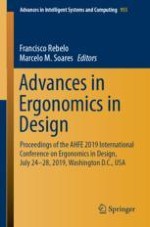2020 | OriginalPaper | Chapter
Effectiveness of Coach Marks or Instructional Overlay in Smartphone Apps Interfaces
Authors : Paulo Noriega, Diana Carvalho, Igor Correia, Jose Luís Alves, Tiago Oliveira, Francisco Rebelo
Published in: Advances in Ergonomics in Design
Publisher: Springer International Publishing
Activate our intelligent search to find suitable subject content or patents.
Select sections of text to find matching patents with Artificial Intelligence. powered by
Select sections of text to find additional relevant content using AI-assisted search. powered by
